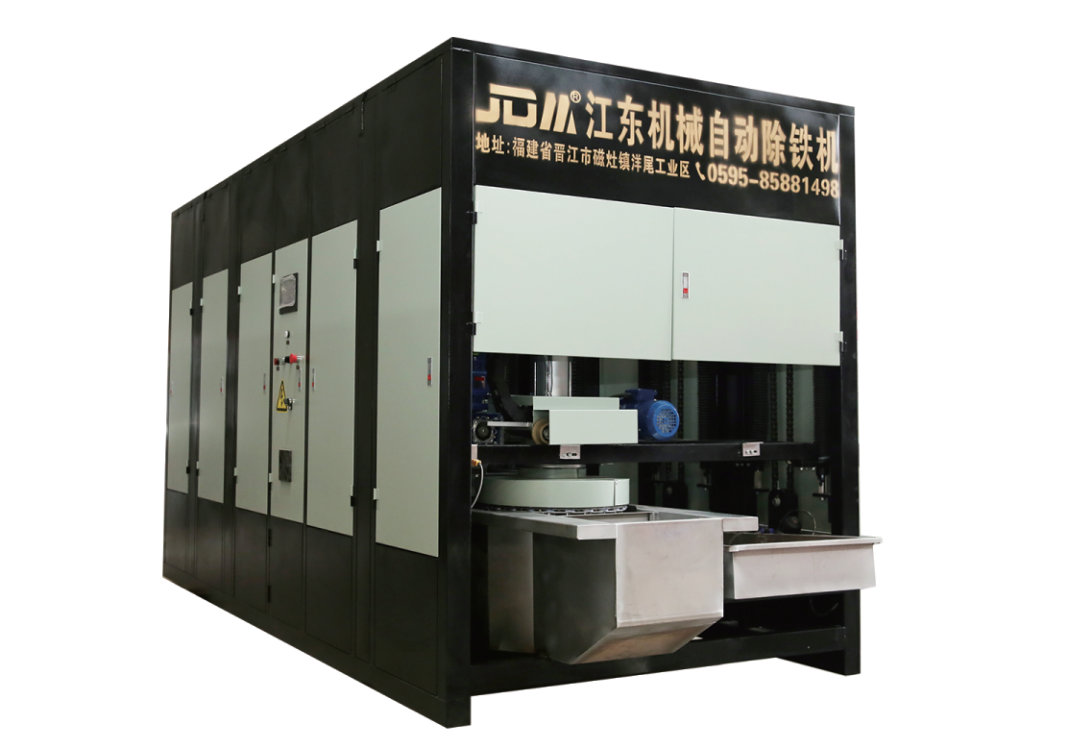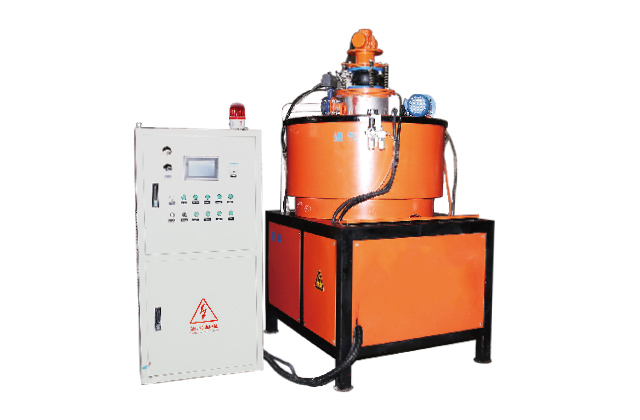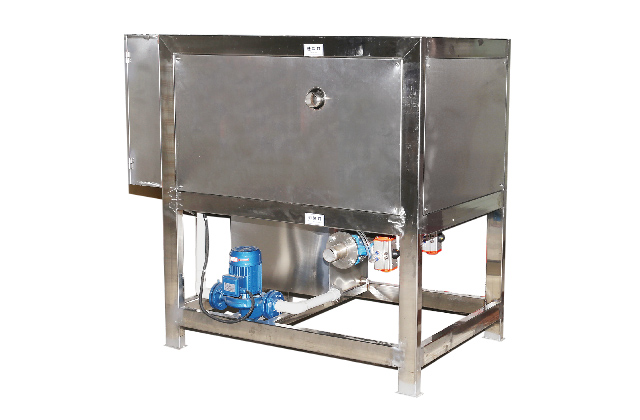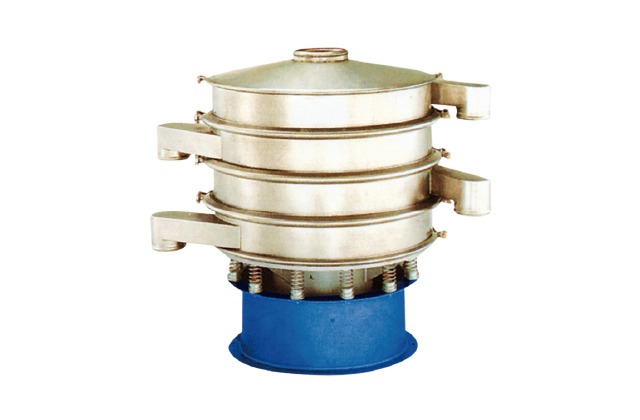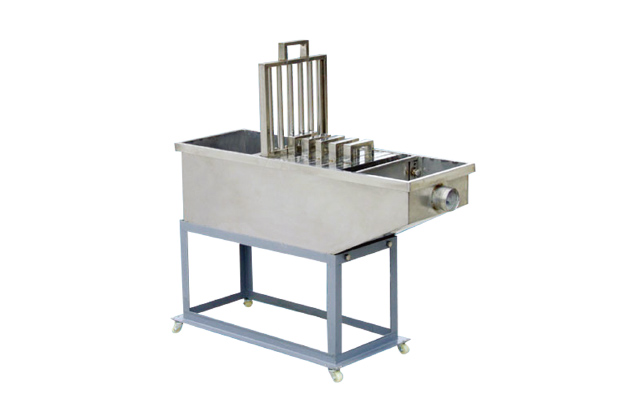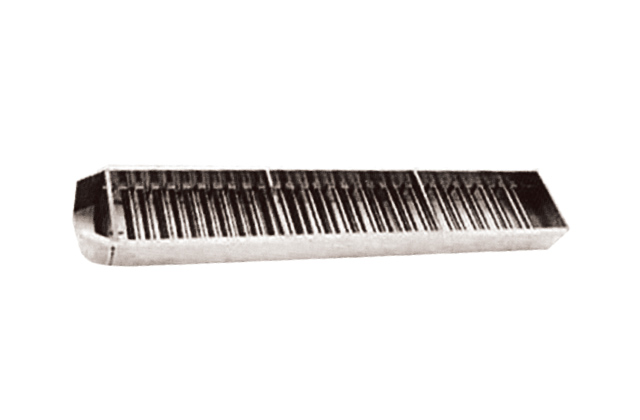September 8, 2025
Can Iron and Carbon Be Separated If Mixed?
Can Iron and Carbon Be Separated If Mixed?
Iron and carbon are two of the most fundamental elements in materials science, particularly in the production of steel and various alloys. However, the question of whether these two elements can be separated when mixed is a fascinating topic that has sparked curiosity among both scientists and industrial professionals. In this article, we will delve into the properties of iron and carbon, explore the methods of separation, and discuss the practical applications of such processes.
Understanding the Properties of Iron and Carbon
Before we dive into the separation methods, it is essential to understand the basic properties of iron and carbon. Iron is a transition metal known for its high thermal and electrical conductivity, malleability, and ductility. Carbon, on the other hand, is a non-metal that exists in various forms, such as graphite, diamond, and graphene, each with unique properties. When iron and carbon are mixed, they form different types of steel and cast iron, which are widely used in construction, transportation, and manufacturing.
Methods of Separation
Separating iron and carbon from their mixture is a complex process that requires a deep understanding of their chemical and physical properties. Below, we will explore some of the most common methods used to achieve this separation.
1. Magnetic Separation
Magnetic separation is one of the most straightforward methods of separating iron from carbon. Since iron is ferromagnetic, it can be easily attracted by a magnetic field, while carbon is non-magnetic. This method is particularly effective when the mixture contains iron in its pure form or as iron ore. However, if the iron is bound with carbon in a compound, such as iron carbide (Fe3C), magnetic separation becomes less effective.
2. Chemical Separation
Chemical separation involves the use of chemical reactions to separate iron and carbon. One common method is to heat the mixture in the presence of a reducing agent, such as hydrogen, to reduce the iron carbide and release the carbon. This process can be quite complex and requires precise control of temperature and pressure to achieve the desired results.
3. Electrochemical Separation
Electrochemical separation is another advanced method that utilizes the differences in the electrochemical properties of iron and carbon. By immersing the mixture in an electrolytic solution and applying an electric current, iron can be deposited at the cathode, while carbon remains in the solution. This method is highly efficient but can be costly and energy-intensive.
Industrial Applications
The separation of iron and carbon is not just a theoretical exercise; it has significant practical applications in various industries. One of the most notable applications is in the production of high-purity metals and alloys. By separating iron and carbon, manufacturers can produce materials with specific properties tailored to their needs.
Challenges and Considerations
While the separation of iron and carbon is possible, there are several challenges and considerations that must be taken into account. For instance, the cost of some separation methods can be prohibitively expensive, making them less viable for large-scale industrial applications. Additionally, the environmental impact of certain chemical and electrochemical processes must be carefully managed to ensure sustainability.
Conclusion
In conclusion, the separation of iron and carbon from their mixture is a complex but achievable process that has significant implications for various industries. By understanding the properties of these elements and utilizing appropriate separation methods, scientists and industrial professionals can develop innovative solutions to meet the demands of modern materials science. Whether through magnetic, chemical, or electrochemical means, the ability to separate iron and carbon opens up new possibilities for the creation of high-performance materials.

